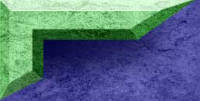|
Sometimes things come together to form a blessing for all. Sometimes there’s just that perfect
mix that captures the imagination. It unfolds in a way that surprises everyone, and the sheer excitement of it becomes contagious.
And for a short time a group is brought together and a common emotion is felt. Never in my lifetime of birding have I seen
such excitement over a Georgia bird. From all over the southeastern United States, birders have come to Lake Horton to see
a visitor from the high Artic. It has lit a fire in the psyche of birders and shown that almost any bird is possible in Georgia.
Lake Horton, a little-known reservoir in Fayette County, GA, became a grand stage. Over the last
couple of months, Michael Beohm and I birded Lake Horton regularly. The lake was good to us with nine Ross’s Geese,
Snow Geese, Pacific Loon, four Mute Swans appearing wild, two Surf Scoters, Common Goldeneye, Redhead, Canvasbacks, Greater
Scaup, Red-breasted Merganser, American Black Duck, Dunlin, Greater Yellowlegs, Bald Eagle, Osprey, Forster’s Tern,
Bonaparte’s Gulls, and Herring Gulls. I felt I had covered the lake fairly well lately and with the new year coming
I would take a break from birding. For some reason though I wanted to check the lake one more time.
On December 29, 2003, I was coming home from work, and the day was almost over. I stopped at the
lake as it was starting to get dark outside and quickly scanned what I could. I saw two loons. One was a Common, but one looked
odd. I had made a special effort that week to check for any strange loons, thinking that another Pacific might show up, but
I had only seen Commons on the lake. Consequently, this new arrival quickly had my full attention. My viewing conditions were
far from ideal, but I felt that the loon bore a strong resemblance to a Yellow-billed Loon. I took some photos among darkening
skies and went home. I checked my photos and saw that I had nothing, save a fuzzy Loch Ness monster. Oh well, I had already
decided to go back the next morning. The next day I got there early and set out to find my loon. It was in the same spot,
this time with a Common Loon beside it. I had good light and could clearly tell that it was a Yellow-billed Loon. Wow! After
studying the bird and snapping a number of photos, I immediately headed off to let others know. Michael, Richard, and Rose
Beohm were the first on the scene and agreed it was a Yellow-billed. Others came, and the rest is history.
Will there be other Yellow-billed Loons in Georgia? Probably. This one may even come back to Georgia
someday (assuming it ever leaves). Each year more and more birders enter the field equipped with the latest field guides and
the newest super optics. Add cell phones, online libraries, and e-mail, and the possibilities are endless. There will be birds
found that seem incredible, but with this bird, there was an intersection of time, space, condition, expectation, excitement,
and wonder that may never be repeated. As I said, what a blessing!
Description
- Larger than Common Loon with a thicker-neck
- Large, pale-yellow bill
- Pale neck and head
- Light barring on back
- Dark spot behind eye
- Top of bill fairly straight with outer half pale
- Bill and head appeared to be slightly upturned at times
- Apparent 1st winter plumage
Significance
- First State Record
- Very rare for the lower 48 states
- Farthest record from natural range
- One of only a few records for the Southeastern United States
. . . . . . . . . ------------------------------------------------------------------------------------------
Below:
I also found a Yellow-billed Loon at Lake Hartwell
GA (at Hart State Park area) on Feb 18, 2014.
Eric Beohm
Update: Relocated
and confirmed by other observers.
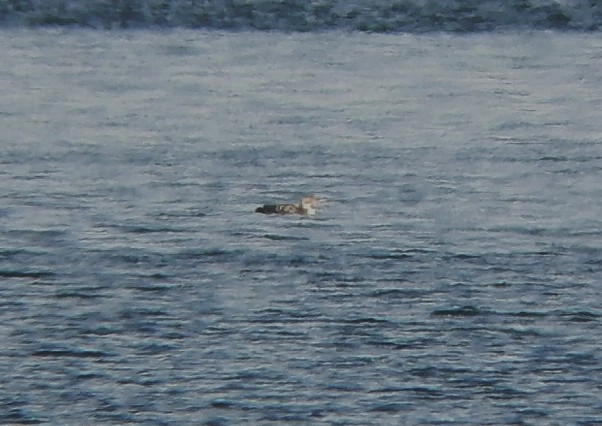
Yellow-billed Loon - Details of bill were studied at close range. Bill straight on top, curved upward
on bottom. Very base of bill was pale and two thirds of bill was yellow. Above photo shows the ear patch and long
yellow upturned bill.

Above photo shows the overall brown body plumage with light head and barred pattern of back. Neck was very thick.
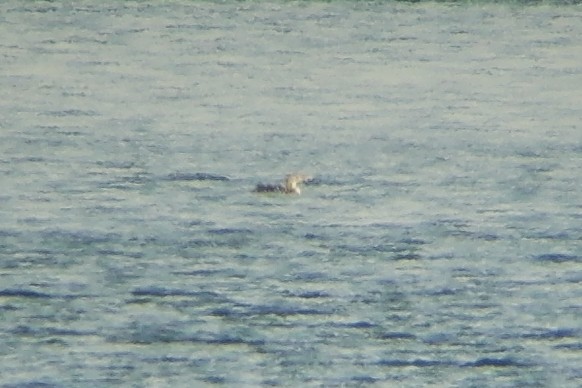
Above photo showing massive bill.
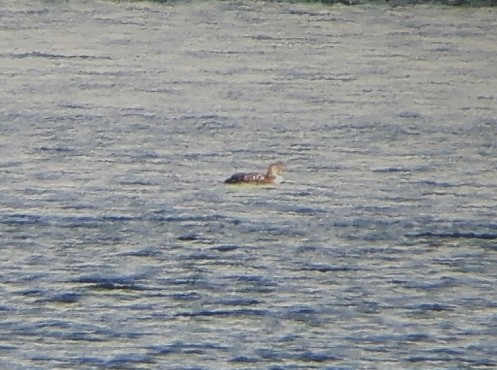
Above photo showing massive upturned bill and distinctive head shape.
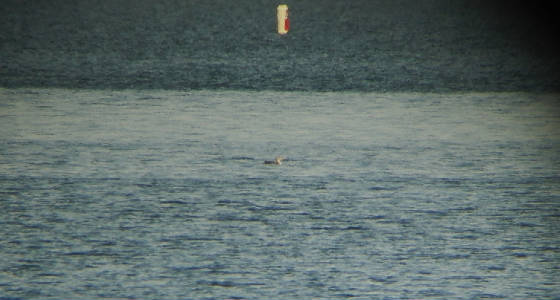
Above photo showing overall conditions and background.
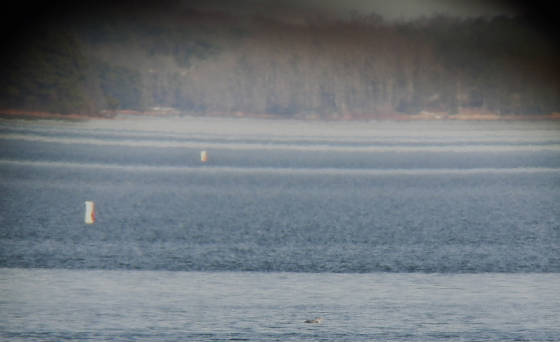
Above photo showing area of park of observation.
|
 |
 |
 |
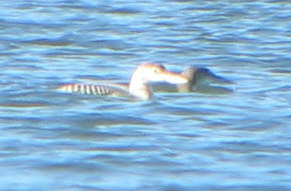
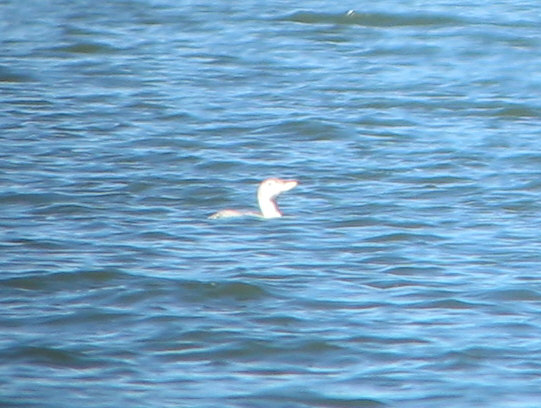
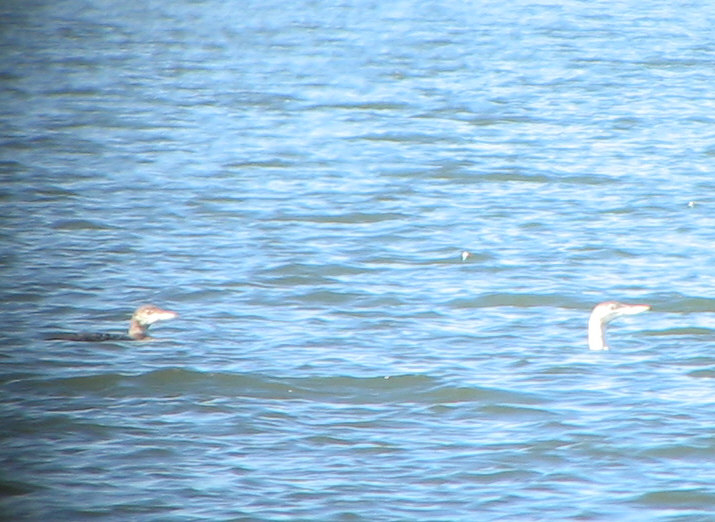

|
 |
 |
 |
|
